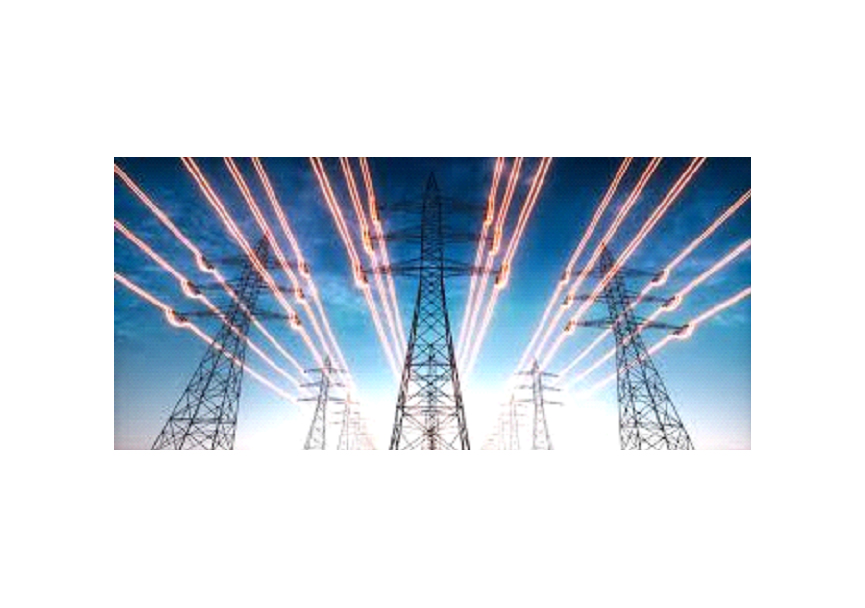
Martin O’Leary from Data Edge reveals how power monitoring is enabling companies to save on energy costs and lower emissions.
Energy consumption has become a key priority for businesses all over the world, as the need to operate sustainably becomes paramount.
The rising cost of energy presents an even more pressing issue as it leads to reduced profits and, even more seriously, tests the viability of some companies.
“How we use energy is one of the most significant challenges of the technological age”
The need to be efficient in energy usage is critical as businesses look to keep utility bills as low as possible while also aiming to reduce emissions.
In 2021, Ireland signed the Climate Action Act into law, providing a framework for achieving our international and EU climate targets. This law aims to set out a path to net-zero emissions by 2050 with a 51% reduction in greenhouse gas emissions by 2030.
Real-time data is key
Businesses have a role to play in this, but we cannot manage what we do not measure. Fundamental to measurement is accessing real-time, accurate information. Gaining a clear picture of power utilisation and environmental conditions is essential to improving energy efficiency, lowering costs, and ensuring sustainability.
“When it comes to business, we know one simple thing – if energy isn’t measured and monitored, it won’t be reduced”
Launching effective power-saving solutions starts by obtaining accurate information through detailed monitoring over time. The specific requirements for scaling and implementing power monitoring will depend upon the size and complexity of the business as well as its power infrastructure.
Industries where power monitoring is particularly well-suited include manufacturing, healthcare, retail, and education. All have relatively high energy usage, which presents an opportunity to meaningfully reduce costs, improve efficiency, ensure compliance with regulations, and in the case of healthcare, improve patient outcomes.
Once monitoring is in place there are several steps that can be taken to reduce the amount of energy consumed:
Identifying patterns: Analysing the information collected by your monitoring system enables the identification of patterns in energy usage, such as peak usage times or equipment that is consuming more energy than necessary.
Optimising settings: By integrating your monitoring system and building’s management systems, it is possible to use collected data to optimise the settings of certain equipment to reduce energy consumption.
Scheduling: Scheduling equipment and device usage can ensure that they are only being used as needed.
Implementing energy-efficient practices: Implementing practices like turning off equipment and lights when they are not needed or using energy-efficient equipment and devices.
Conducting energy audits: Conducting energy audits enables users to identify opportunities for energy savings and pinpoint specific energy-efficiency measures, such as retrofitting lighting and optimising heating, ventilation, and air conditioning systems.
Compliance: By ensuring compliance with energy regulations, organisations can avoid penalties and sanctions.
Once implemented, these practices can lead to significant savings by eliminating energy waste, identifying opportunities for demand response, and reducing penalties and fines for non-compliance. Also, with lower emissions, businesses will be able to meet reduction targets and contribute to a more sustainable future.
A sustainable future and bottom line
The useful life of equipment can also be extended through better use management. Equipment that is failing or about to fail can often be identified by sudden variance in its power usage. Monitoring can reduce downtime by triggering preventative maintenance measures to avoid system failure.
It is important to note that actual savings will depend on many factors, such as the type of industry, size of the facility, the current energy consumption level, and the energy efficiency measures implemented. A thorough energy assessment and analysis can help estimate your potential savings.
In addition to the possible financial and emission savings, power monitoring services offer remote monitoring and scalability, which are good for growing businesses that operate around the clock or have multiple locations. Users also have access to advanced analytics which can help them to predict energy usage and make more informed decisions about energy management.
How we use energy is one of the most significant challenges of the technological age. What type, how much, and where is it going to come from are all important questions to answer. But when it comes to business, we know one simple thing – if energy isn’t measured and monitored, it won’t be reduced.
Putting solutions in place that measure and monitor energy usage can help businesses improve energy efficiency, reduce costs, and ensure compliance with energy regulations, which can lead to a more sustainable future and a better bottom line.
